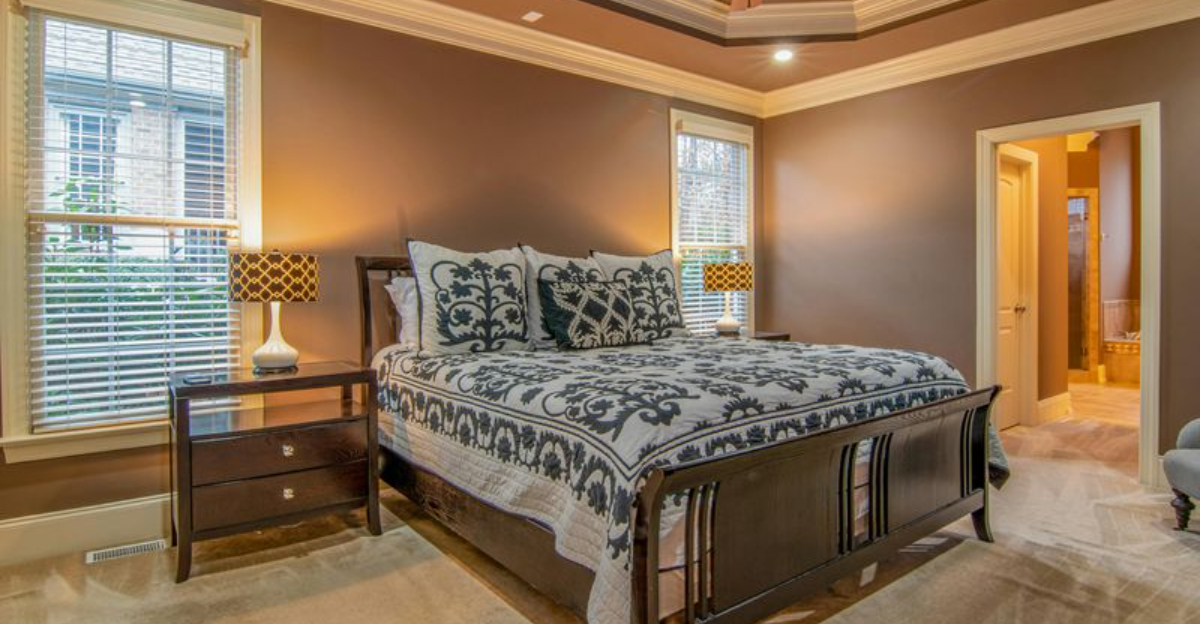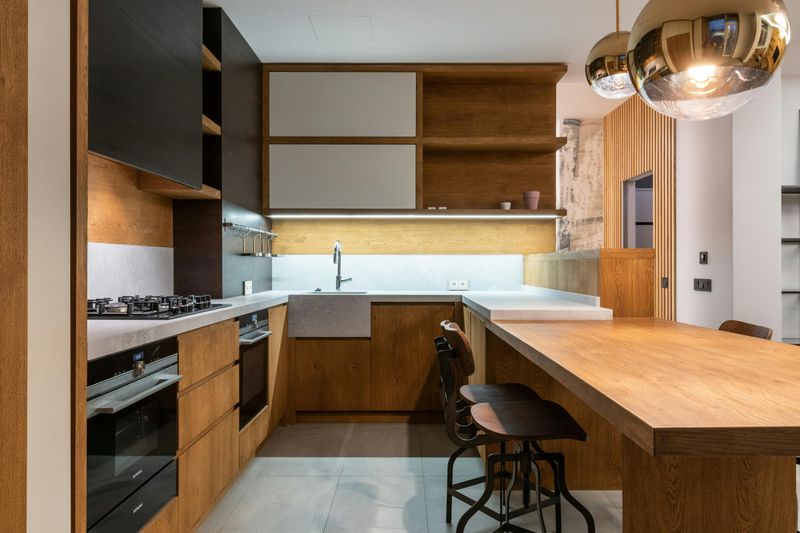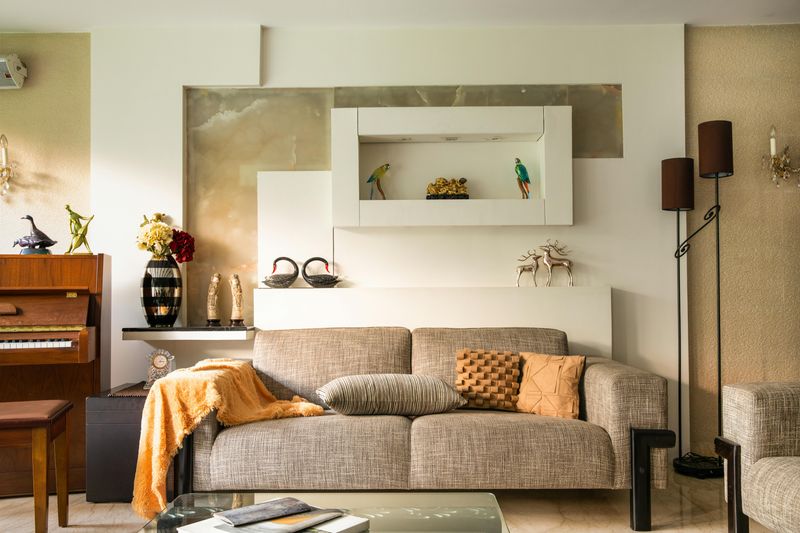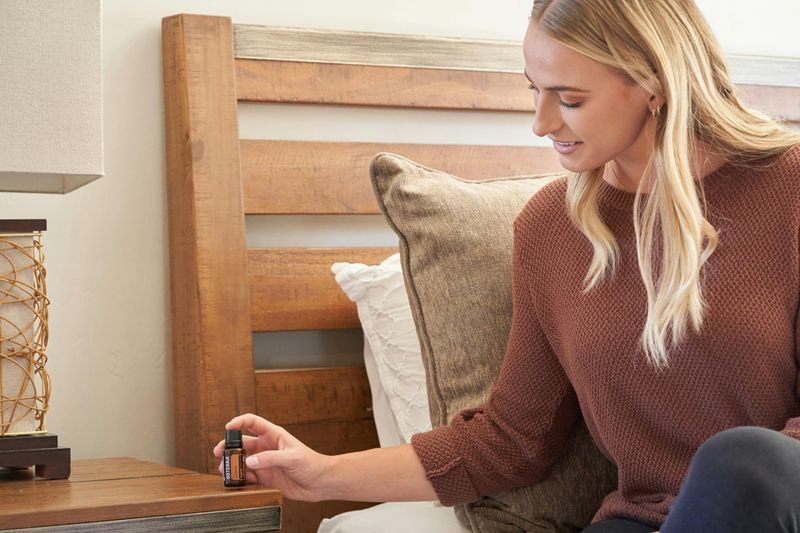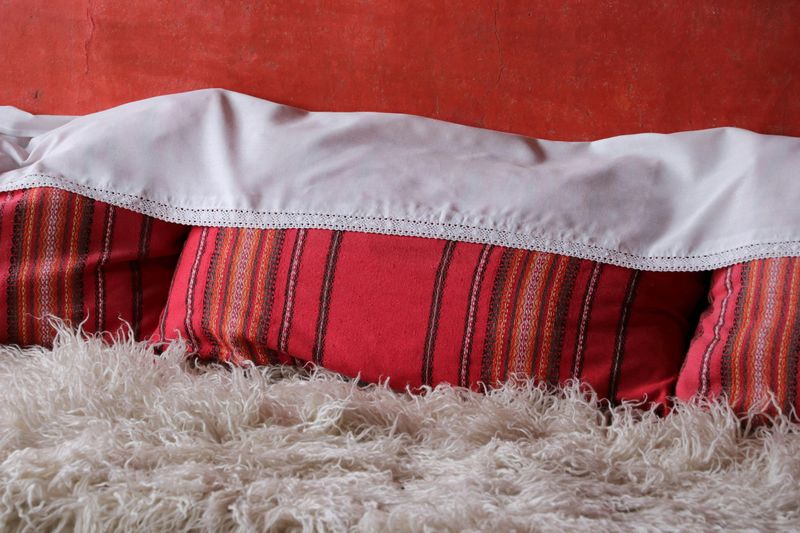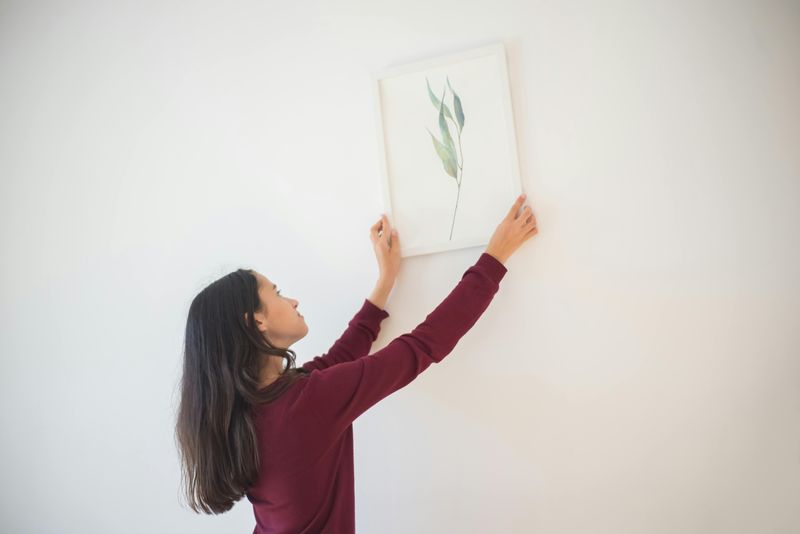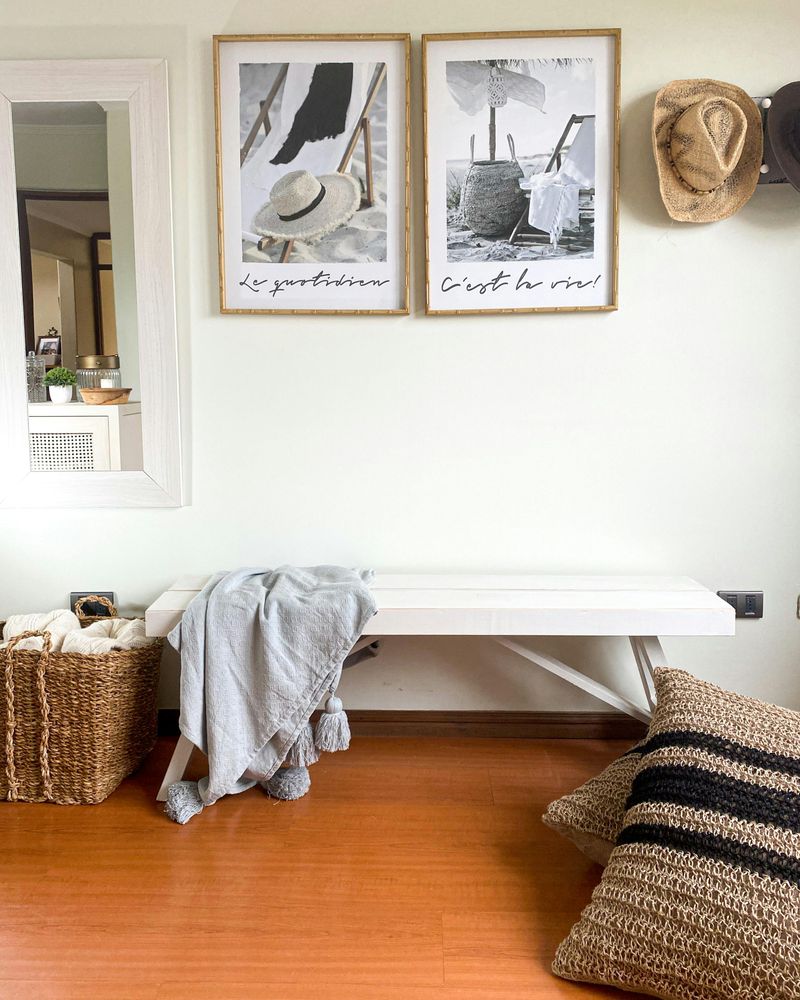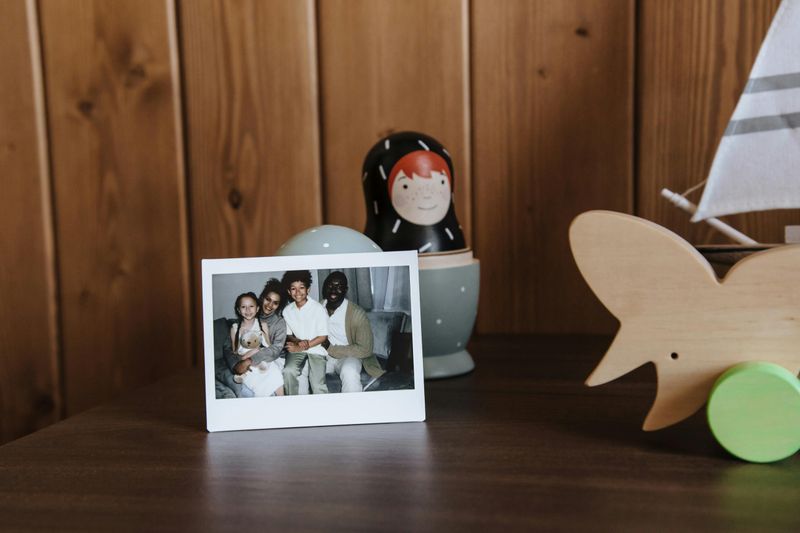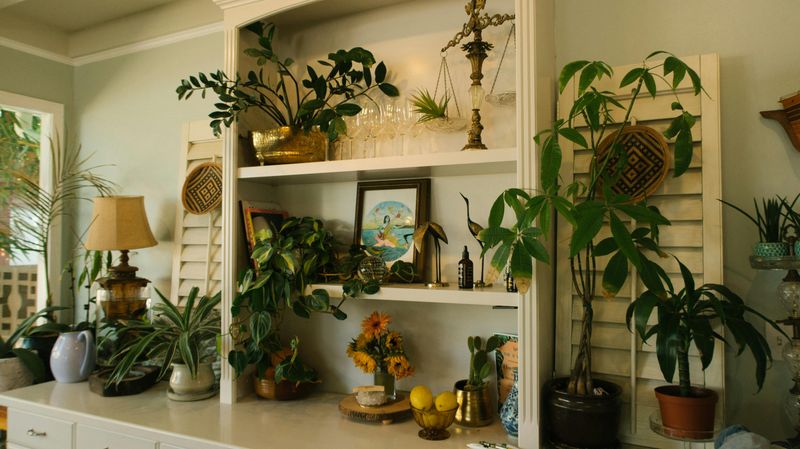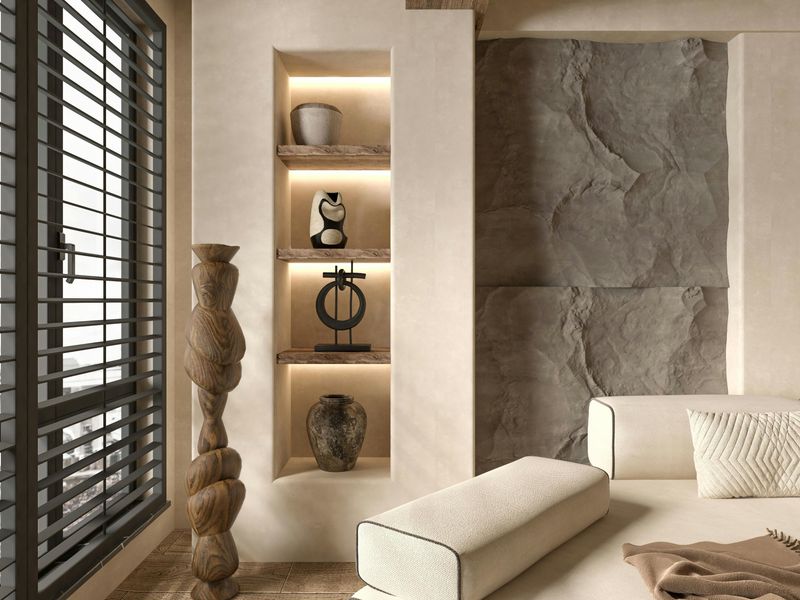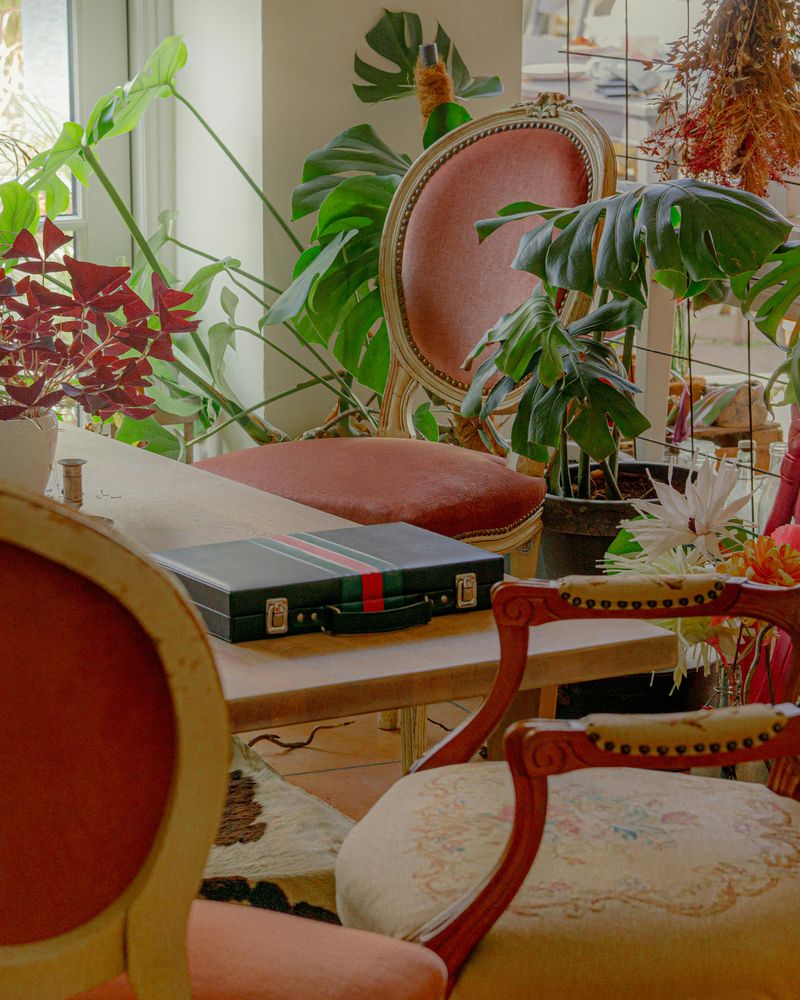Creating a cozy home isn’t just about looking good—it’s about making spaces where you actually want to spend time. Many of us wonder why our homes don’t feel as warm and inviting as the ones we see in magazines or on social media. Professional interior designers have identified common mistakes that might be preventing your space from reaching its full comfort potential.
1. Cold Lighting Choices
Harsh overhead lighting can make even the most beautifully decorated room feel like a hospital waiting area. Designers recommend layering different light sources at various heights throughout a room instead of relying on a single ceiling fixture.
Table lamps, floor lamps, and wall sconces create pools of warm light that naturally draw people together. Opt for bulbs with a color temperature between 2700-3000K for that golden, welcoming glow rather than cool white options that feel sterile and uninviting.
Dimmer switches are worth their weight in gold for adjusting ambiance as the day progresses, allowing you to transition from bright and energizing to soft and relaxing.
2. Furniture That Fights Conversation
Pushing all your furniture against walls creates an awkward dance floor effect in the middle of your living room. Nobody wants to shout across a vast empty space just to chat with family members!
Arrange seating in conversational groupings where people can comfortably talk without raising their voices. The ideal distance between seats is about 8 feet or less. Consider floating your sofa away from the wall and using area rugs to define these intimate zones.
A thoughtful furniture arrangement invites people to linger and connect, making even large rooms feel more intimate and purposeful rather than cavernous and impersonal.
3. Overlooking Scent Impact
Scent creates powerful emotional responses yet remains one of the most overlooked elements of home design. An otherwise beautiful space can feel unwelcoming if it smells musty, sterile, or like yesterday’s dinner.
Rather than masking odors with artificial fragrances, address the source of any unpleasant smells first. Then introduce natural scents through essential oil diffusers, simmering stovetop potpourri, or fresh flowers and plants.
Seasonal scent adjustments—like citrus and herbs in summer or vanilla and cinnamon in winter—create subtle environmental shifts that make your home feel thoughtfully maintained. Remember that subtle fragrance is more welcoming than overwhelming perfume that hits visitors like a wall.
4. Missing Texture Variety
Rooms filled with similar textures feel flat and lifeless, regardless of your color scheme. Professional designers always incorporate multiple tactile elements to create visual interest and depth that makes you want to reach out and touch things.
Mix rough with smooth, soft with hard, and matte with glossy surfaces. Think chunky knit throws draped over sleek leather chairs, or rustic wooden tables topped with silky table runners. Natural materials like wool, cotton, wood, and stone add authentic character that synthetic materials often lack.
Your fingertips should encounter pleasant surprises as you move through a space—this sensory richness is what transforms a sterile environment into one that feels lived-in and welcoming.
5. Artwork Hung Too High
Walk into many homes and you’ll notice art floating awkwardly near the ceiling instead of at eye level where it can actually be appreciated. This common mistake creates visual disconnection and makes rooms feel less grounded and comfortable.
The center of framed artwork should generally hang at about 57-60 inches from the floor—the average human eye level. When hanging art above furniture, leave only 4-8 inches of wall space between the top of your furniture and the bottom of your frame.
Gallery walls should feel unified rather than scattered, with pieces spaced 2-3 inches apart. Properly positioned art creates a visual anchor that draws people in and makes spaces feel more intentional and complete.
6. Temperature Extremes
A physically uncomfortable room will never feel cozy, no matter how beautifully it’s decorated. Many homeowners overlook the actual temperature of their spaces, focusing on aesthetics while ignoring how the environment feels to the body.
Draft-proofing windows and doors makes a remarkable difference in comfort level during colder months. Adding thermal curtains not only controls temperature but also absorbs sound, making rooms feel more intimate. In summer, ceiling fans create gentle air movement that makes spaces feel cooler without cranking the AC.
Smart thermostats that learn your patterns can maintain ideal temperatures throughout the day, ensuring you always return to a comfortable home that welcomes rather than shocks your system.
7. Barren Wall Syndrome
Blank walls create an echo chamber effect that amplifies sounds and makes spaces feel hollow and incomplete. Sound bounces off hard, empty surfaces, creating that uncomfortable feeling of being in an unfinished space.
Beyond just hanging art, consider adding dimensional elements like floating shelves, fabric wall hangings, or even architectural details such as wainscoting or applied molding. These features absorb sound and add visual interest that flat paint alone cannot achieve.
Mirrors strategically placed to reflect light or greenery from outside can make rooms feel more connected to nature and expansive without the emptiness of bare walls. The goal is creating surfaces that feel finished and intentional rather than forgotten.
8. Absence of Personal Elements
Magazine-perfect rooms often lack the soul that comes from personal items with meaning and history. Designers report that the coziest homes always contain elements that tell stories about the people who live there.
Family photos, travel souvenirs, inherited pieces, or handmade items create emotional anchors that generic decor simply cannot replicate. These items don’t need to dominate your design—they can be thoughtfully incorporated into your overall aesthetic while still maintaining their significance.
Rotating seasonal collections or memories prevents spaces from feeling cluttered while still showcasing what matters. Remember that visitors feel more connected in spaces where they can glimpse who you really are through meaningful objects you’ve chosen to display.
9. Plant Life Deficiency
Living elements transform static spaces into environments that feel alive and nurturing. Rooms without plants often have a stagnant quality that subconsciously registers as less welcoming to human occupants.
Even notorious plant-killers can find low-maintenance options like snake plants, pothos, or ZZ plants that thrive with minimal attention. Beyond their visual appeal, plants improve air quality and humidity levels, making spaces literally healthier to inhabit.
Consider scale when selecting plants—tall floor plants fill empty corners, medium tabletop varieties add height variation, and small specimens bring life to shelves and mantels. The organic shapes and natural green tones create a subtle connection to the outdoor world that makes indoor spaces feel more harmonious.
10. Scale Imbalance
Furniture that’s either too large or too small for your space creates an uncomfortable visual discord. Oversized sectionals might seem cozy in theory, but can make rooms feel cramped and difficult to navigate.
Conversely, furniture that’s too petite leaves rooms feeling unanchored and sparse. The key is proportional balance—leave about 30-36 inches for major walkways and 18 inches between the coffee table and seating. Measure your space before purchasing and use painter’s tape on the floor to visualize how pieces will fit.
Even in small spaces, one appropriately-sized statement piece often creates more comfort than several undersized items that make a room feel like dollhouse furniture. The right scale creates a subconscious sense of order and rightness.
11. Over-Decorating Fever
The pursuit of coziness sometimes leads to cluttered spaces filled with too many pillows, throws, knickknacks and decorative objects. Visual overcrowding creates mental noise that prevents true relaxation.
Designers recommend the “breathing room” principle—allowing negative space around objects so each piece can be appreciated. Edit your collections ruthlessly, displaying only what brings genuine joy or serves a purpose. Consider rotating seasonal decor rather than displaying everything simultaneously.
The most inviting spaces balance decoration with restraint, creating moments of visual rest for the eye. Remember that coziness comes from thoughtful curation, not accumulation—quality over quantity creates spaces that feel intentional rather than overwhelming.
